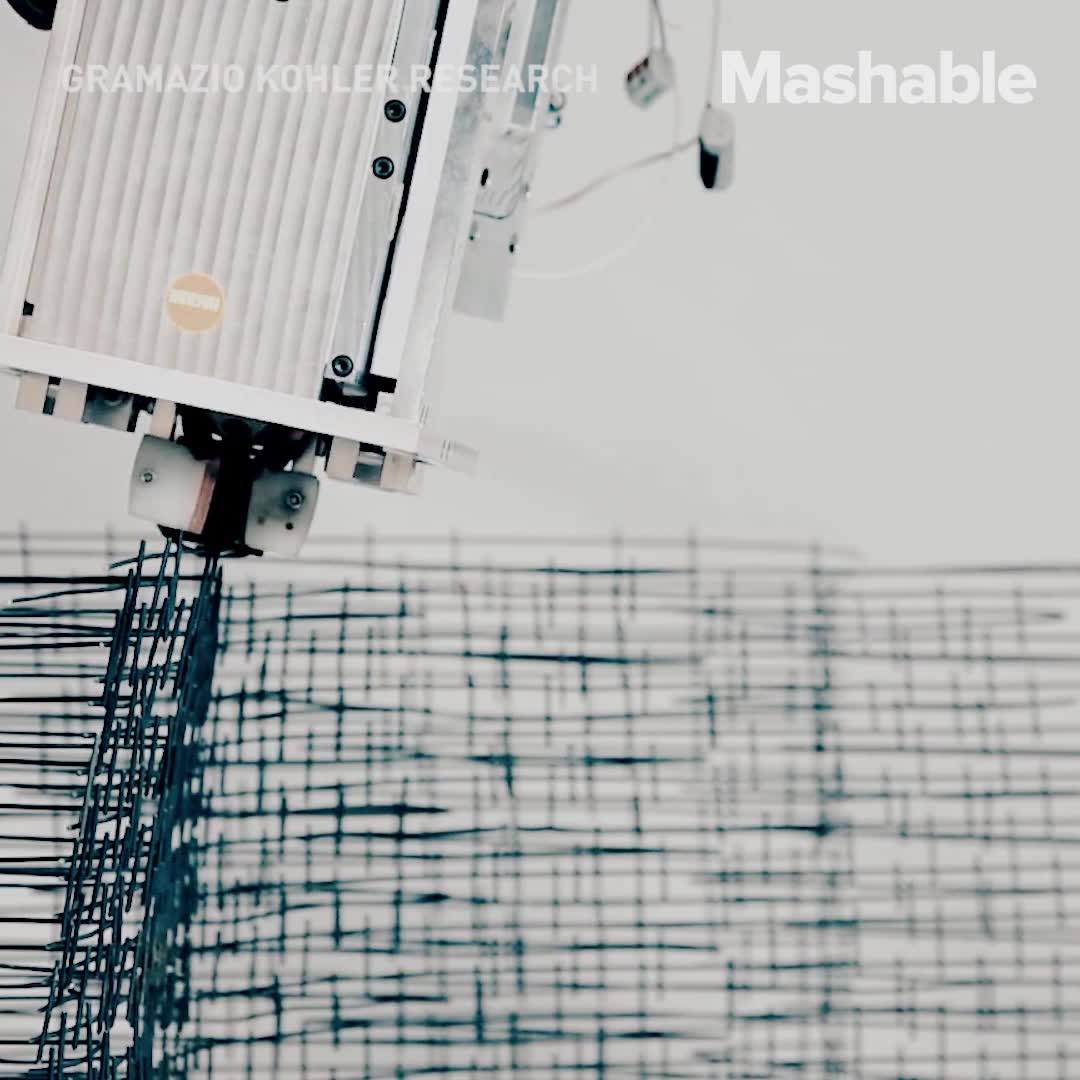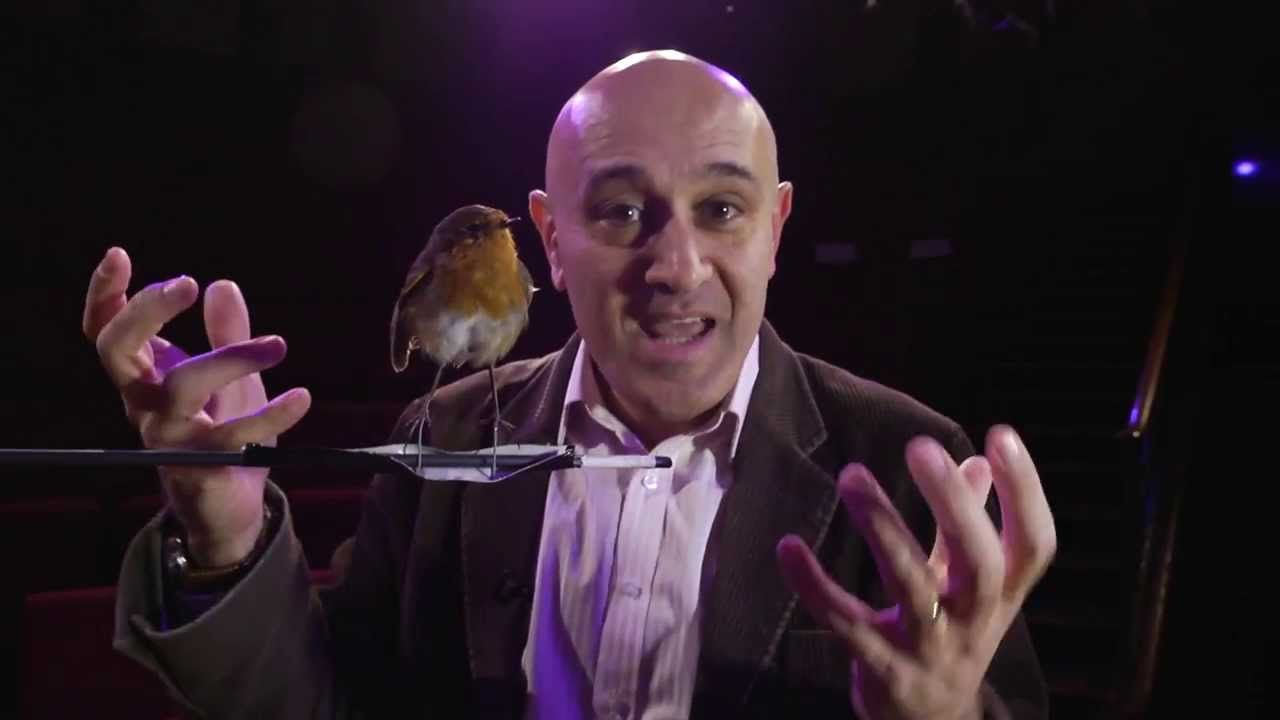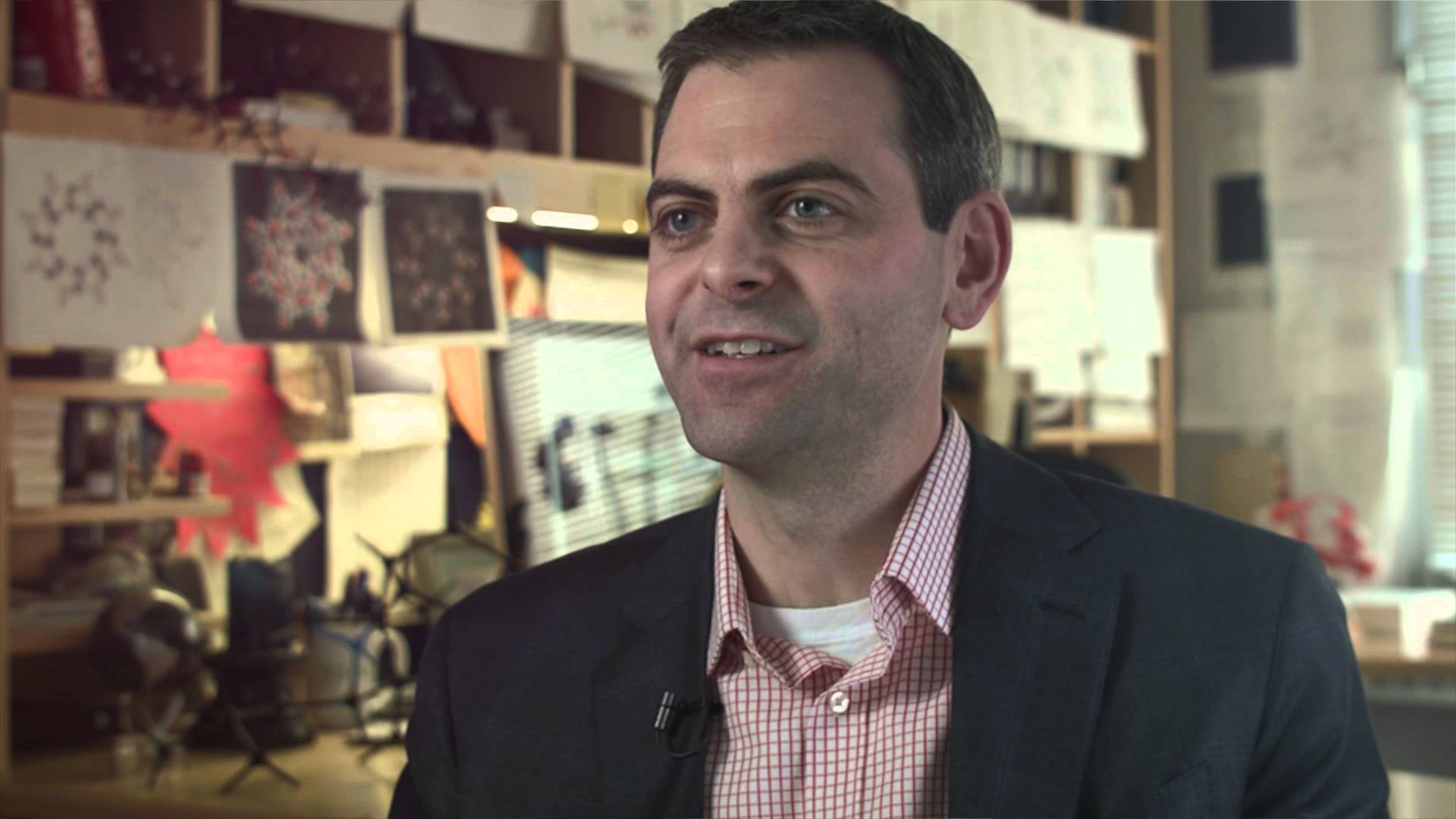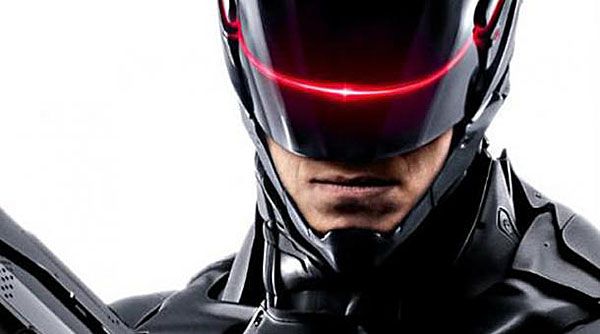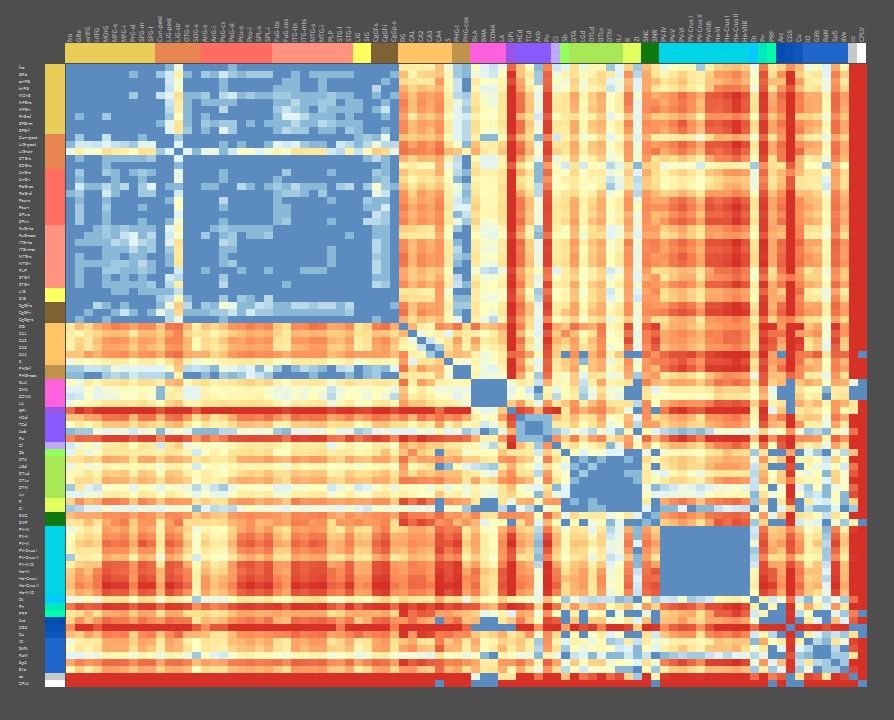Sep 5, 2017
The 7 Steps of Machine Learning
Posted by Müslüm Yildiz in categories: biotech/medical, food, media & arts, robotics/AI
How can we tell if a drink is beer or wine? Machine learning, of course! In this episode of Cloud AI Adventures, Yufeng walks through the 7 steps involved in applied machine learning…
The world is filled with data. Lots and lots of data. Everything from pictures, music, words, spreadsheets, videos and more. It doesn’t look like it’s going to to slow down anytime soon. Machine learning brings the promise of deriving meaning from all of that data.

